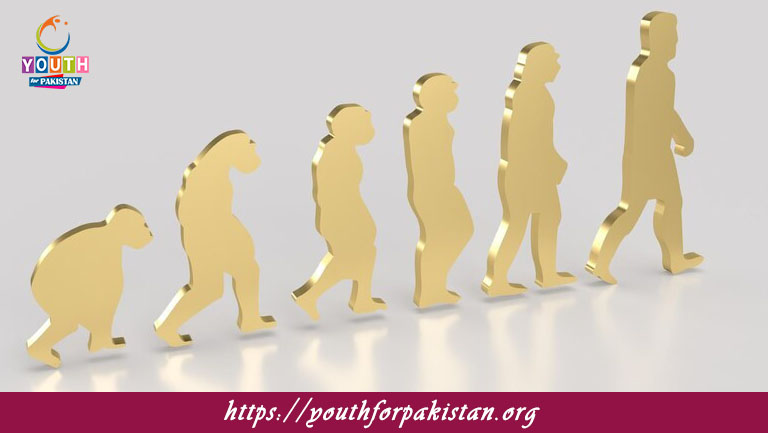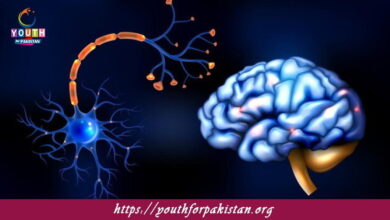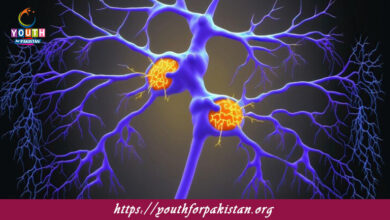Evolution MDCAT Quiz with Answers

Evolution MDCAT Quiz; Evolution is a fundamental concept in biology that describes how species change over time by mechanisms such as natural selection, genetic drift, and gene flow. You need to understand evolution for MDCAT preparation because many topics in genetics, ecology, and diversity of life are based on it. Try an MDCAT Quiz covering evolutionary principles and theories to prepare effectively for your exams.
Principles of Evolution
Evolution was first popularised by Charles Darwin, who proposed the theory that species evolve over generations through changes in inherited traits. These changes arise because of natural selection, whereby organisms possessing traits better suited to the environment are likely to survive and reproduce more. This will, over time, make the advantageous traits more common in the population. Another very important element is genetic mutation, which introduces new genetic variations that may be beneficial, neutral, or harmful. Additionally, genetic drift and gene flow add to the genetic variation in the populations, hence shaping up the outcomes of evolution.
MDCAT Quiz on Evolutionary Theory
Enhance your preparation with an MDCAT Quiz designed to test your knowledge of evolutionary theory. This quiz will cover key concepts such as natural selection, mutation, genetic drift, and speciation. By practicing with such quizzes, you can consolidate your understanding of how evolutionary processes shape species and ecosystems—a key area for excelling in the MDCAT exam.
Free Flashcards for Evolution Study
Use Free Flashcards to help memorize important concepts in evolution. These flashcards include key terms like “fitness,” “adaptation,” and “speciation,” along with explanations of the mechanisms driving evolutionary change. Visual aids such as phylogenetic trees and diagrams related to natural selection will help to further emphasize your understanding and make you retain such important information for your MDCAT exams.
Essentially, mastering evolution is one of the basic roots of doing well in the MDCAT, especially in subjects like genetics, ecology, and biodiversity. With the inclusion of such quizzes and flashcards in your study regimen, you would be able to strengthen your knowledge, improve your recall, and feel confident in answering related questions in the exam.

The process by which organisms better adapted to their environment tend to survive and reproduce is called ________.
Natural selection

A structure that has lost its original function through evolution is called a ________.
Vestigial structure

________ is the process where organisms of the same species develop different characteristics in different environments.
Divergent evolution

The process in which unrelated species evolve similar traits is called ________.
Convergent evolution

The appearance of new traits in a population due to random changes in the genetic material is known as ________.
Mutation

The theory that species evolve through gradual changes over long periods of time is called ________.
Gradualism

A group of organisms of the same species that interbreed and produce fertile offspring is called a ________.
Population

________ is the term for the process where a single species evolves into several different forms.
Adaptive radiation

A feature that is shared by different species due to a common ancestor is called a ________.
Homologous structure

The idea that species evolve in rapid bursts followed by long periods of stability is known as ________.
Punctuated equilibrium

A population of organisms is most likely to experience evolution when it has ________.
High genetic variation

The process by which organisms with beneficial traits survive and reproduce more successfully is called ________.
Natural selection

The genetic similarities between two species suggest that they may have had a common ________.
Ancestor

The term for the process by which different species share similar traits due to adaptation to similar environments is ________.
Convergent evolution

In evolution, the term ________ refers to traits that appear to be similar in structure but serve different functions in unrelated species.
Analogous structures
Experience the real exam environment with our expertly designed collection of over 25,000 MCQs MDCAT Mock Tests.





